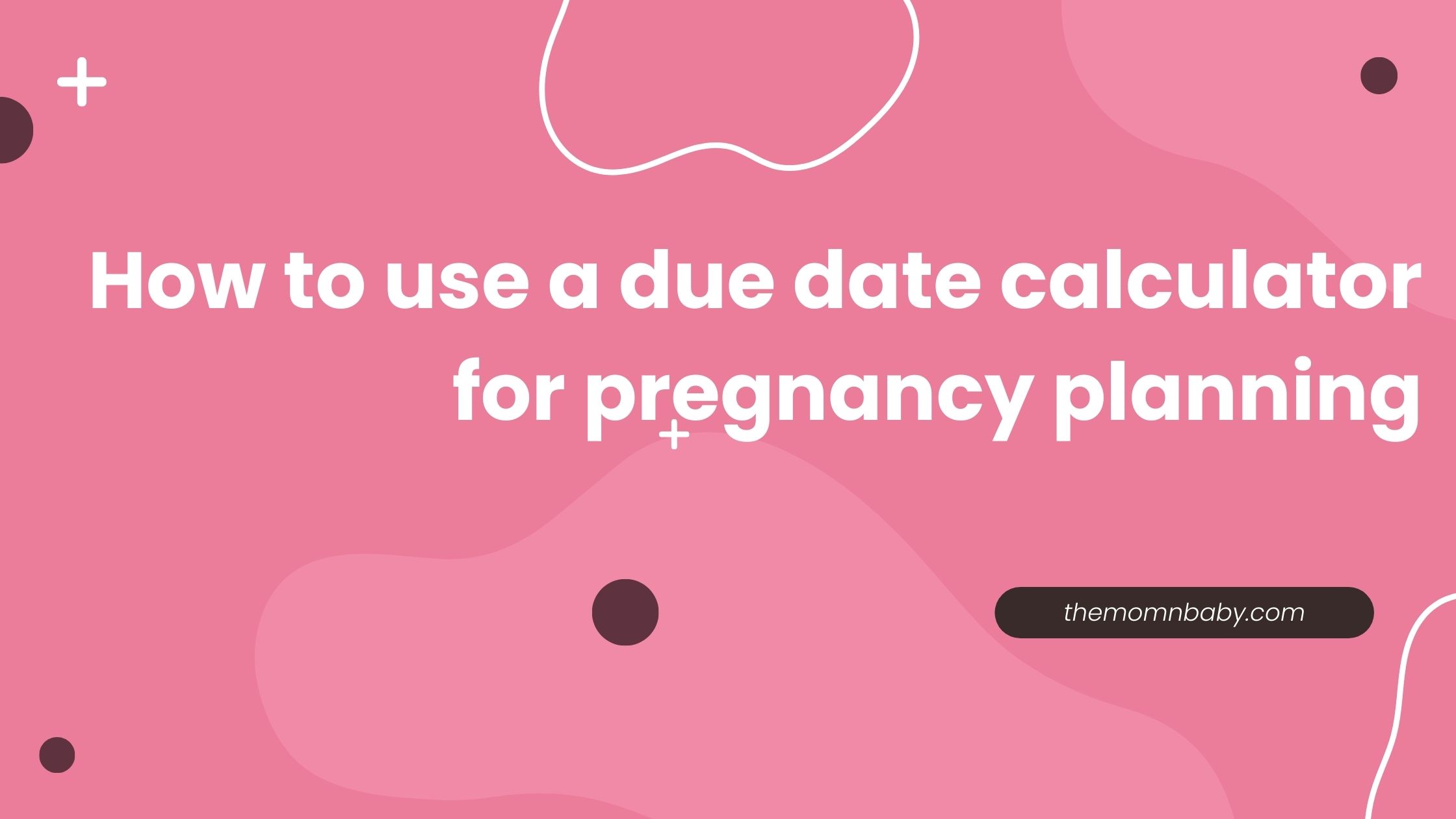The journey to parenthood is a unique adventure, and understanding your body’s subtle signals can be a game-changer. One such signal, often overlooked but incredibly insightful, is Basal Body Temperature (BBT). In this comprehensive guide, we’ll delve into the fascinating world of BBT and its intricate dance with ovulation.
Basal Body Temperature (BBT) Unveiled:
First things first, what exactly is BBT? Your basal body temperature is your body’s temperature at complete rest. Picture it as your body’s chill mode. Unlike the temperature you might check when you’re feeling unwell, BBT is measured when your body is in a state of complete rest. This typically means right after waking up, before engaging in any activity.
The magic happens during the menstrual cycle. Hormones, the maestros orchestrating this symphony, cause subtle changes in the ovaries and uterus to prepare for a potential pregnancy. The cycle commences with menstruation, as the uterus sheds its lining.
On the first day of menstruation, follicle-stimulating hormone (FSH) prompts the ovaries to produce immature eggs, called follicles. These follicles release estrogen, a hormone that sets the stage for the next act. When estrogen levels reach a certain point, luteinizing hormone (LH) is released, triggering ovulation.
Ovulation and the Fertile Window:
Ovulation, the star of the show, involves the release of a mature egg that embarks on a journey through the fallopian tubes to the uterus. The remaining follicle becomes the corpus luteum, secreting progesterone. Progesterone thickens the uterine lining, preparing it for a potential pregnancy.
Now, here’s where BBT enters the scene. After ovulation, there’s a rise in progesterone levels during the luteal phase, causing a noticeable increase in basal body temperature (BBT) by 0.5–1 degree. If fertilization doesn’t occur, progesterone levels drop, and BBT returns to the lower level.
This subtle shift in temperature is the key to unlocking the fertile window. By tracking BBT, individuals can predict ovulation and time intercourse for the highest chances of conception. The fertile window extends a few days before the temperature rise, making it a valuable tool for family planning.
How to Chart Basal Body Temperature:
Now, let’s dive into the practical side of things. Charting BBT is a relatively simple and cost-effective method to track ovulation. Here’s a step-by-step guide:
- Get a special thermometer just for tracking your basal body temperature (BBT).
- Take your temperature at the same time every morning, and keep it consistent.
- Put the thermometer close by before bedtime, and if it’s a mercury one, shake it down the night before.
- Be on time when checking your temperature; don’t switch up the timings.
- Choose whether to measure your temperature by mouth or down there, and stick to your choice.
- Write down your temperature right after measuring, either on paper or using a fertility app.
- Make sure you’ve had a good few hours of sleep before taking your temperature.
- Track your temperature daily, starting from the first day of your period.
- Share your temperature charts with your doctor for helpful advice.
- Combine temperature tracking with other signs, like changes in cervical mucus.
- Be patient; it might take a few cycles to understand your temperature patterns.
- Know that temperature tracking has limits, especially for those with irregular cycles.
- Talk to your doctor if you have worries or need help with your fertility journey.
- Remember, tracking temperature is just one way to understand your cycle and fertility.
Reading the BBT Chart:
Understanding the BBT chart requires decoding the temperature changes over the menstrual cycle. The follicular phase, pre-ovulation, is characterized by lower temperatures. The ovulatory phase witnesses a spike in temperature, and the luteal phase maintains higher temperatures until menstruation if pregnancy doesn’t occur.
Pros and Cons of Basal Body Temperature (BBT) :
Pros:
- Inexpensive: BBT charting doesn’t require expensive gadgets or tests.
- No Side Effects: Unlike hormonal contraception, BBT methods have no associated side effects.
- Insightful: BBT provides valuable insights into the timing of ovulation and fertility windows.
Cons:
- Not Universally Accurate: BBT may not be accurate for individuals with irregular menstrual cycles.
- Misses Fertile Period: As the temperature rises after ovulation, relying solely on BBT might miss the fertile window.
- Less Effective for Contraception: BBT alone is considered less effective for preventing pregnancy compared to other birth control methods.
Beyond Basal Body Temperature (BBT) – Additional Fertility Awareness Methods
While BBT is a powerful tool, combining it with other fertility awareness methods enhances accuracy. Some complementary methods include:
- Calendar Method: Predicting the fertile window based on the average menstrual cycle length.
- Cervical Mucus Method: Monitoring changes in cervical secretions for increased fertility.
- Hormone Measurement: Home tests for luteinizing hormone (LH) surges indicating ovulation.
Potential Signs of Pregnancy in Basal Body Temperature (BBT) :
The journey doesn’t end with conception. BBT continues to play a role during pregnancy. Early signs, like a one-day drop (implantation dip) or a sustained increase in temperature, may indicate pregnancy. However, confirming with a pregnancy test and consulting a healthcare provider is crucial.
Conclusion: Basal Body Temperature (BBT)
Basal Body Temperature, when understood and charted diligently, unveils the mysteries of the female reproductive system. It serves as a compass for those trying to conceive and a guide for family planning. While the BBT journey comes with its nuances and limitations, the empowerment it provides individuals in understanding their bodies is unparalleled. Remember, every body is unique, and consulting with healthcare professionals ensures personalized guidance on fertility matters. In the intricate dance of hormones and temperatures, BBT emerges as a valuable ally in the quest for parenthood.





